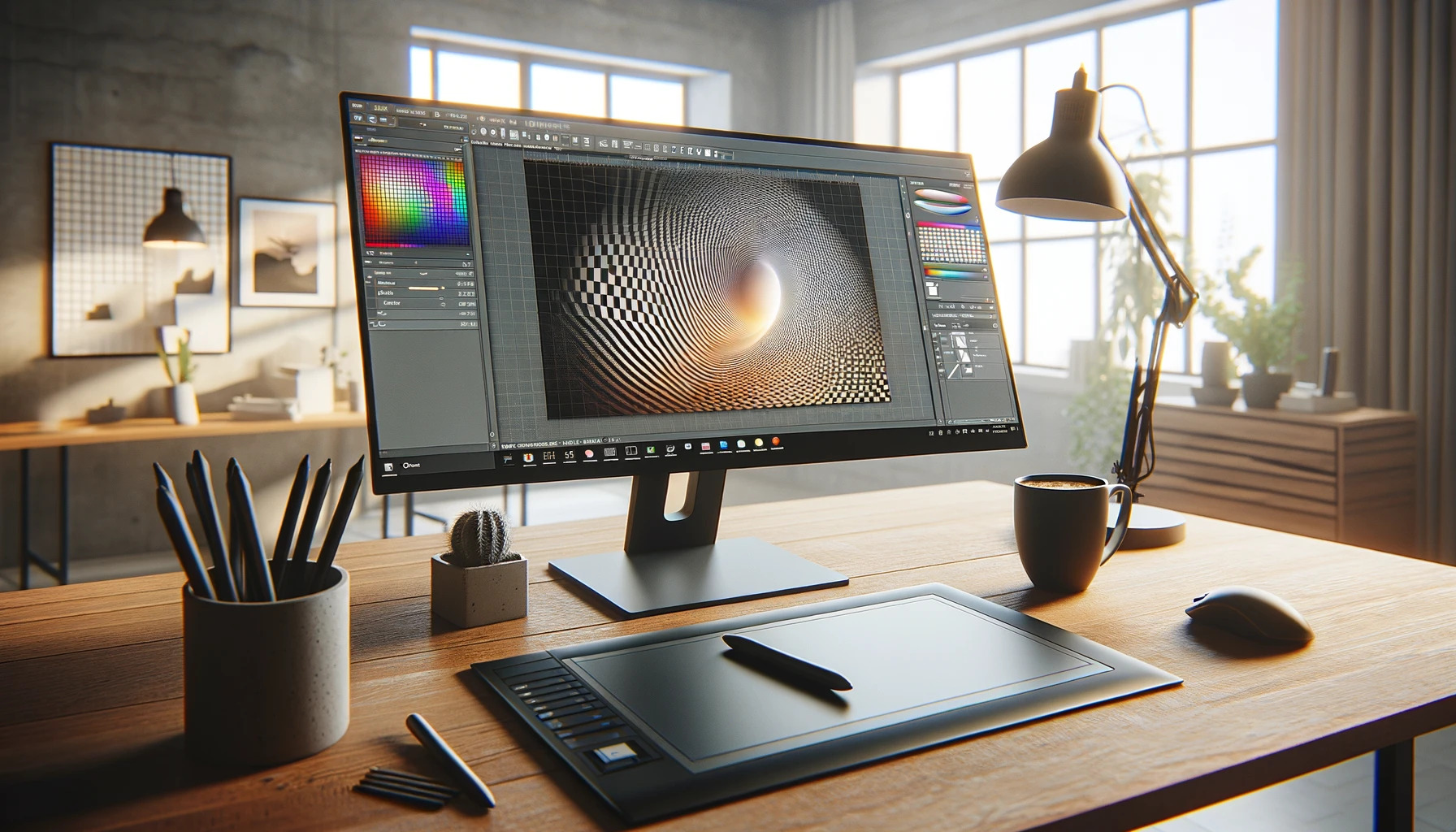How to Make Background Transparent in Paint.NET
By lark
Published February 28, 2024
 How to Make Background Transparent in Paint.NET
How to Make Background Transparent in Paint.NET
In the digital era, mastering the art of graphic manipulation has become almost as essential as knowing how to write. Whether you're a professional designer or just someone looking to create a meme, making the background transparent in your images is a skill that can elevate your work from amateur to artful. Among the plethora of graphic editing tools available, Paint.NET stands out for its balance between sophistication and simplicity. This guide will walk you through the process of making your background transparent in Paint.NET, ensuring your images stand out in the sea of digital content.
Introduction: The Quest for Transparency
The ability to make backgrounds transparent in applications has revolutionized the way we interact with images. It allows for seamless integration of disparate elements, creating a cohesive visual narrative. Whether you're looking to remove background clutter to highlight your subject or preparing graphics for a website, transparency is key. While applications like Microsoft Paint, Canva, and FireAlpaca offer their own solutions for this task, Paint.NET provides a uniquely powerful yet accessible platform for achieving perfect transparency.
Step-by-Step Guide to Transparency in Paint.NET
Achieving a transparent background in Paint.NET involves a series of steps that, while straightforward, require a bit of finesse. Here’s how to navigate this process:
Step 1: Preparation
- Install Paint.NET: If you haven't already, download and install Paint.NET. It’s free and offers a wide range of editing features.
- Open Your Image: Launch Paint.NET and open the image you wish to edit by selecting
File > Open and browse to your image.
Step 2: Selecting the Background
- Magic Wand Tool: Select the Magic Wand tool from the Tools menu. This tool is ideal for selecting areas of similar color, making it perfect for isolating the background.
- Adjust Tolerance: Adjust the Tolerance setting in the toolbar. A higher tolerance selects a broader range of colors, while a lower tolerance is more precise.
- Select the Background: Click on the part of the background you wish to make transparent. If your background is not a uniform color, you may need to hold down the Shift key and click multiple times to select the entire background.
Step 3: Remove Background
With your background selected, simply press the Delete key on your keyboard. The selected area will become transparent, indicated by a checkerboard pattern. If there are stray marks or areas not caught by the Magic Wand, use the Eraser tool to manually make those areas transparent.
Step 4: Fine-Tuning
- Zoom In: For finer control, zoom in to closely inspect the edges of your subject. This allows you to spot any missed spots or rough edges.
- Eraser Tool: Use the Eraser tool with a small brush size to carefully remove any remaining background pixels. This step requires a steady hand and a bit of patience.
Step 5: Save Your Image
- File Format: To preserve transparency, save your image in a format that supports transparency, such as PNG. Go to
File > Save As and choose PNG from the format options. - Save Options: Ensure that "Auto Detect" is selected in the Bit Depth options to preserve transparency.
- Final Save: Name your file, choose your save location, and click Save.
Tips for Perfect Transparency
- Layer Usage: Consider working on a new layer when removing backgrounds. This way, the original image remains intact, and you can easily discard changes if needed.
- Undo is Your Friend: Don’t be afraid to use the Undo function (Ctrl+Z) liberally. Experimenting with tolerance levels and selection areas can sometimes require a few attempts to get right.
- Refine Edge Tool: For images with more complex edges, the Refine Edge tool can be a lifesaver. It helps in smoothing and feathering the edges for a more natural transition.
Conclusion
Making a background transparent in Paint.NET is not just about removing unwanted elements but about unlocking a new level of creativity in your digital compositions. With the steps outlined above, you're well on your way to transforming your images into professional-looking graphics. Remember, the key to mastery is practice. The more you experiment with different images and backgrounds, the more adept you'll become at achieving that perfect transparency.
In the expansive realm of digital art and design, mastering the technique to make the background transparent emerges as a cornerstone skill, parallel to the foundational practices of drawing or understanding color theory. While our journey today has navigated through the functionalities of Paint.NET, it's crucial to acknowledge the diverse methodologies presented by other platforms in this arena. Specifically, learning how to make the background transparent in Microsoft Paint, how to make the background transparent in Canva, and how to make the background transparent in FireAlpaca unveils a spectrum of unique approaches tailored to these applications. The core principles of isolation, removal, and refinement remain universally applicable, ensuring that as you delve deeper into these processes across various platforms, your proficiency in image manipulation will flourish, thereby broadening the horizons of your creative expression.